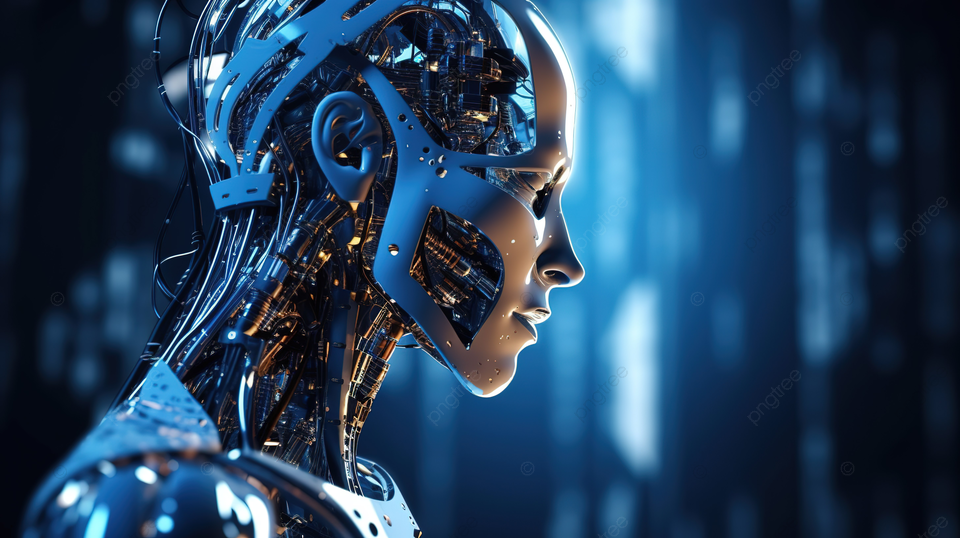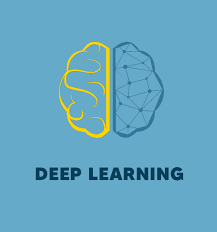Description
Introduction of Next-Gen AI
Artificial Intelligence (AI) is at the forefront of technological innovation, and its rapid evolution is powered by advancements in machine learning (ML) and deep learning (DL). This training will explore the cutting-edge developments in AI, focusing on the latest ML and DL techniques, algorithms, and applications. Participants will gain hands-on experience with state-of-the-art models and frameworks, learn how to build intelligent systems, and discover how these technologies are driving breakthroughs across industries. The course will also cover future trends in AI and ethical considerations surrounding its development.
Prerequisites
To fully benefit from this course, participants should have:
- Basic understanding of AI concepts (including supervised and unsupervised learning)
- Familiarity with programming languages like Python (knowledge of libraries such as TensorFlow, Keras, or PyTorch is beneficial)
- Understanding of mathematical concepts (linear algebra, calculus, probability, and statistics)
- Experience with machine learning algorithms (previous hands-on experience with ML models is recommended but not mandatory)
Table of Contents
1: Introduction to Next-Gen AI
- The Evolution of AI, Machine Learning, and Deep Learning
- Overview of AI: From rule-based systems to neural networks
- Key innovations shaping the future of AI
- How Machine Learning and Deep Learning Differ
- ML and DL architectures: Comparing traditional algorithms with deep learning frameworks
- Current and Emerging Applications of AI
- AI’s impact on industries: From healthcare to autonomous systems
2: Advanced Machine Learning Techniques
- Reinforcement Learning and Transfer Learning
- Introduction to reinforcement learning: How AI learns through rewards
- Transfer learning: Accelerating training by transferring knowledge between tasks
- Ensemble Methods in Machine Learning
- Boosting and bagging: Techniques for improving model accuracy
- Random forests and gradient boosting machines (GBMs)
- Hands-On Lab: Implementing transfer learning and reinforcement learning models
3: Deep Learning Architectures and Algorithms
- Deep Neural Networks (DNNs)
- Fundamentals of deep neural networks and backpropagation
- Training deep networks with optimization techniques (SGD, Adam)
- Convolutional Neural Networks (CNNs) for Computer Vision
- How CNNs work for image recognition and processing
- Advanced applications: Object detection, image segmentation, and facial recognition
- Hands-On Lab: Building a CNN model for image classification using TensorFlow or PyTorch
4: Recurrent Neural Networks (RNNs) and Natural Language Processing (NLP)
- RNNs and Long Short-Term Memory (LSTM) Networks
- How RNNs and LSTMs are used for sequential data and time series analysis
- Applications in language modeling, text generation, and speech recognition
- Transformers and BERT for NLP
- Understanding transformer architectures and their impact on NLP
- Exploring BERT, GPT, and other state-of-the-art NLP models
- Hands-On Lab: Developing an NLP model using BERT for text classification
5: Generative AI and Advanced DL Models
- Generative Adversarial Networks (GANs)
- Introduction to GANs: How they work and their applications (e.g., image generation)
- Variational autoencoders (VAEs) and their use in data generation
- AI Creativity and Generative Models
- How AI is being used to generate art, music, and design
- Case studies in industries using generative AI for creative tasks
- Hands-On Lab: Creating a GAN to generate realistic images
6: Ethical Considerations and the Future of AI
- Ethics and Bias in AI
- Addressing bias in machine learning and deep learning models(Ref: Machine Learning With RapidMiner)
- Fairness, accountability, and transparency in AI systems
- Future Trends in AI: Quantum Computing, Explainable AI, and Beyond
- Exploring quantum AI: How quantum computing could accelerate ML and DL
- Explainable AI (XAI): Making AI decisions understandable and interpretable
- Final Project: Developing an AI-driven solution using advanced ML/DL techniques for a real-world business or scientific challenge
To conclude; this Next-Gen AI for Advances in ML&DL training is designed to empower participants with the skills and knowledge to master the latest advances in AI, enabling them to create innovative AI solutions and understand the future trajectory of this rapidly evolving field.







Reviews
There are no reviews yet.